Different Types Of Parrots In Kerala
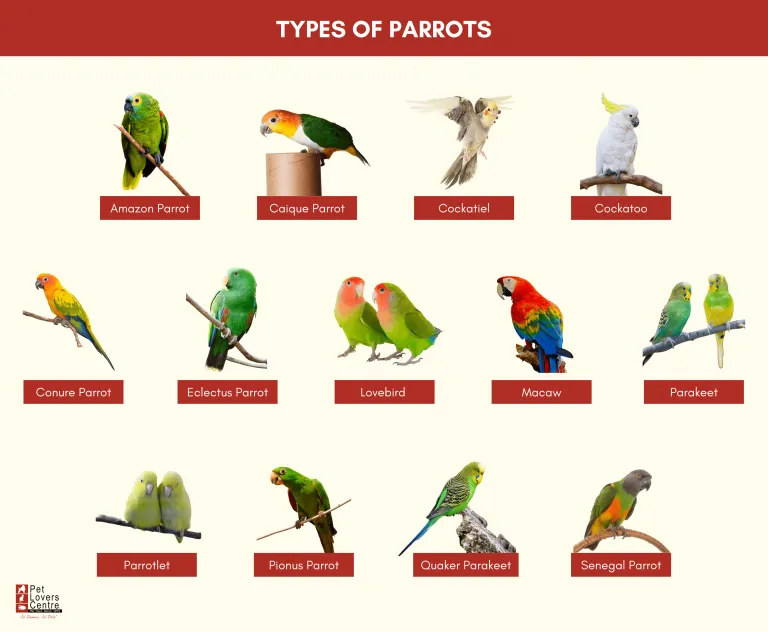
Urgent action is needed as Kerala's vibrant parrot populations face increasing pressure from habitat loss and illegal trade. Multiple species, each with unique ecological roles, are threatened, demanding immediate conservation efforts.
The biodiversity hotspot is home to a fascinating array of parrots, but understanding their specific needs is crucial for effective protection.
Kerala's Parrot Diversity: A Snapshot
What: Kerala boasts a diverse range of parrot species, each playing a crucial role in the ecosystem.
Who: Key species include the Malabar Parakeet (Psittacula columboides), the Rose-ringed Parakeet (Psittacula krameri), the Alexandrine Parakeet (Psittacula eupatria), and the Vernal Hanging Parrot (Loriculus vernalis).
Where: These parrots are found across various habitats in Kerala, from the Western Ghats to cultivated landscapes.
Malabar Parakeet: The Endemic Jewel
The Malabar Parakeet, also known as the Blue-winged Parakeet, is endemic to the Western Ghats, making Kerala a vital stronghold for its survival.
Its population faces threats from habitat fragmentation and illegal trapping for the pet trade.
Conservation efforts are focused on protecting its nesting sites and raising awareness among local communities.
Rose-ringed and Alexandrine Parakeets: Common Yet Vulnerable
The Rose-ringed Parakeet is widespread across Kerala and often seen in urban and agricultural areas.
The larger Alexandrine Parakeet prefers wooded habitats and is less common.
While seemingly abundant, these species are still vulnerable to habitat loss and competition with other birds for resources.
Vernal Hanging Parrot: The Tiny Nectar Sipper
The Vernal Hanging Parrot, also known as the Indian Lorikeet, is a small, vibrant green parrot found in forests and gardens.
It plays a vital role in pollination by feeding on nectar and dispersing pollen.
Deforestation and pesticide use pose significant threats to its population.
Threats and Conservation Challenges
Why: Habitat loss due to deforestation, agricultural expansion, and urbanization is a primary threat to all parrot species in Kerala.
Illegal trapping for the pet trade further exacerbates the situation, particularly for the Malabar Parakeet.
Climate change and its impact on food availability and nesting sites also contribute to their vulnerability.
"The fragmentation of forests is isolating parrot populations, making them more susceptible to diseases and genetic bottlenecks," explains Dr. Anitha Sharma, a leading ornithologist studying Kerala's parrot populations.
Current Conservation Initiatives
How: The Kerala Forest Department, along with various NGOs, is implementing several conservation initiatives.
These include habitat restoration, anti-poaching patrols, and community-based conservation programs.
Research and monitoring efforts are also underway to better understand the distribution and population dynamics of different parrot species.
Next Steps and Urgent Actions
Increased funding and resources are urgently needed to strengthen conservation efforts and combat illegal wildlife trade.
Public awareness campaigns are essential to educate local communities about the importance of protecting Kerala's parrot populations.
Further research is needed to assess the impact of climate change and develop effective adaptation strategies.
When: Immediate action is crucial to ensure the long-term survival of these magnificent birds in Kerala.


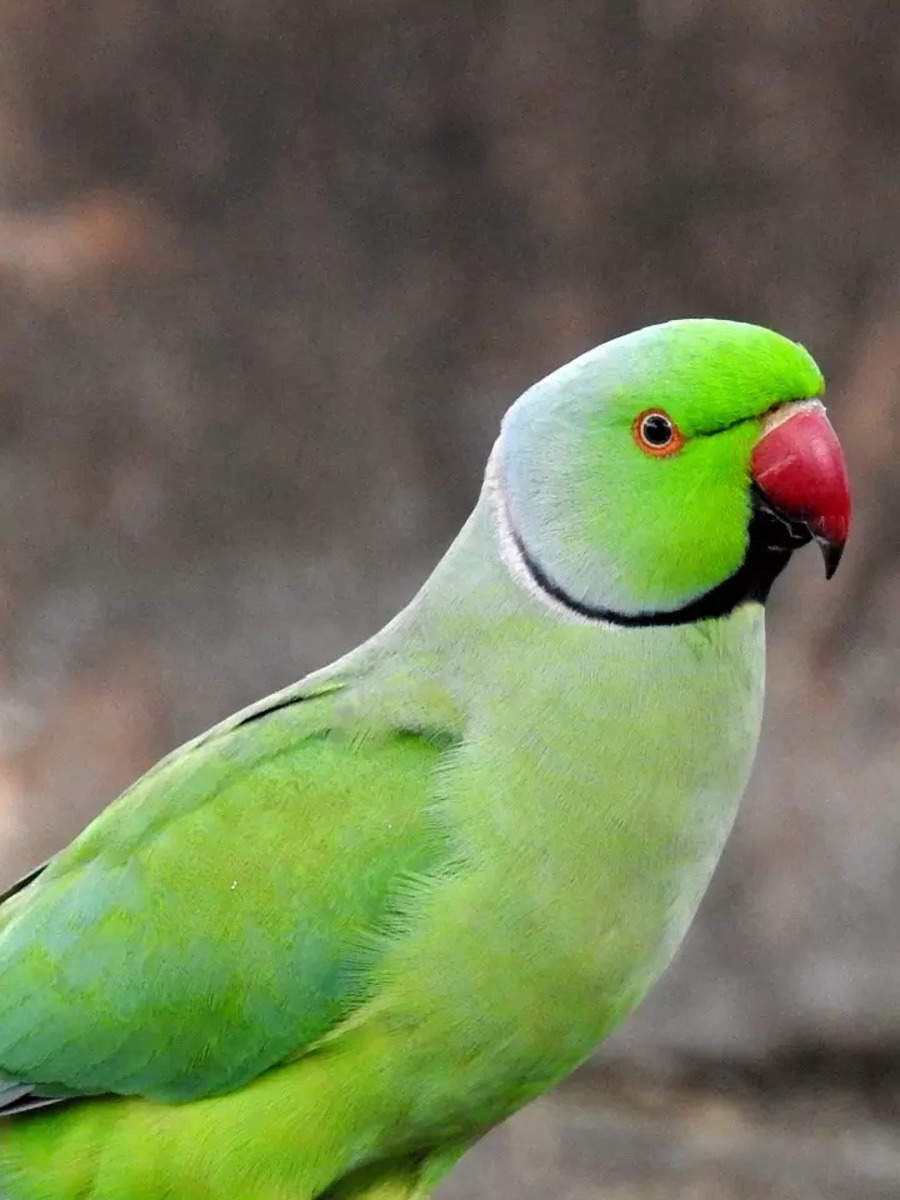
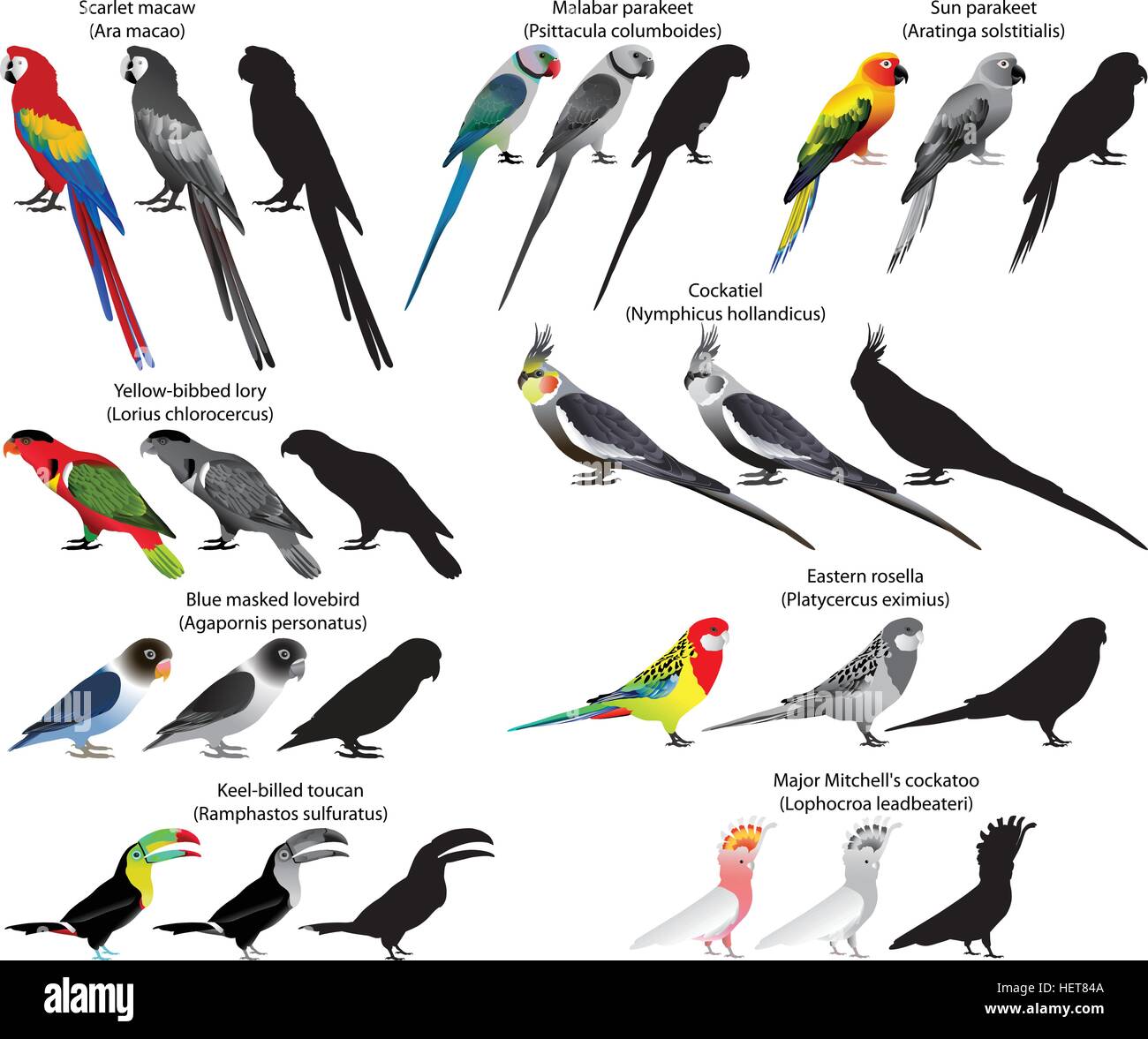


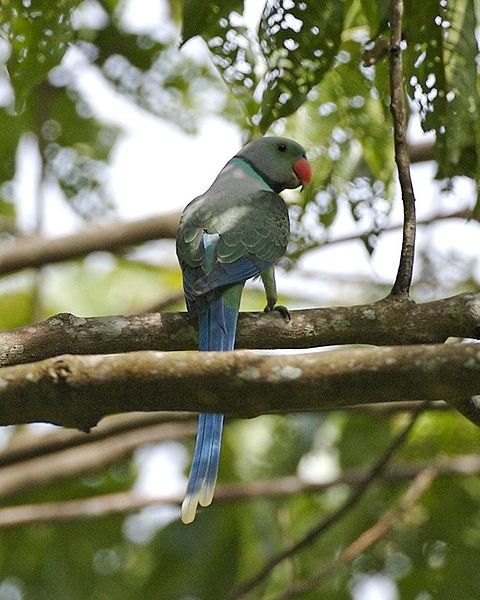
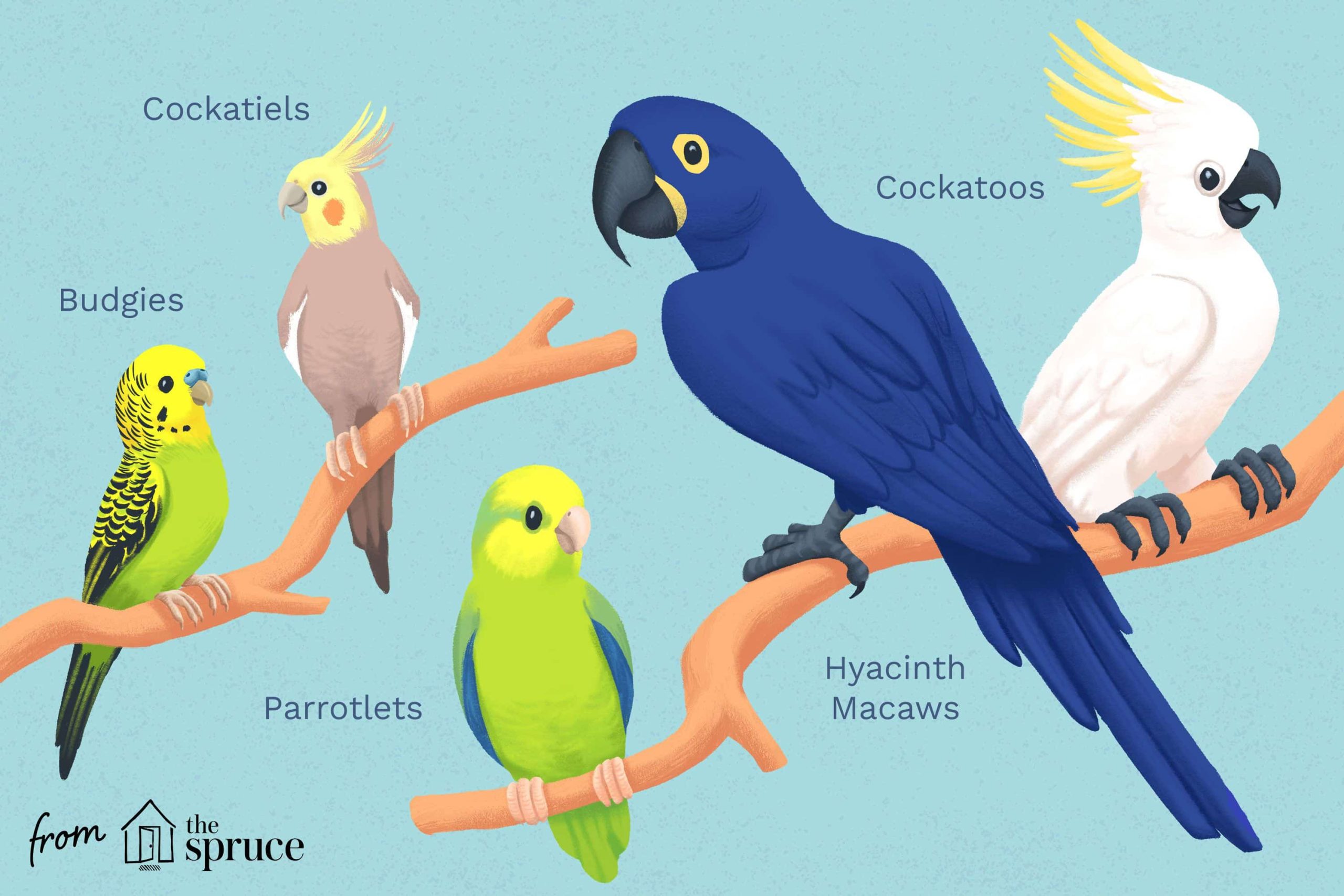




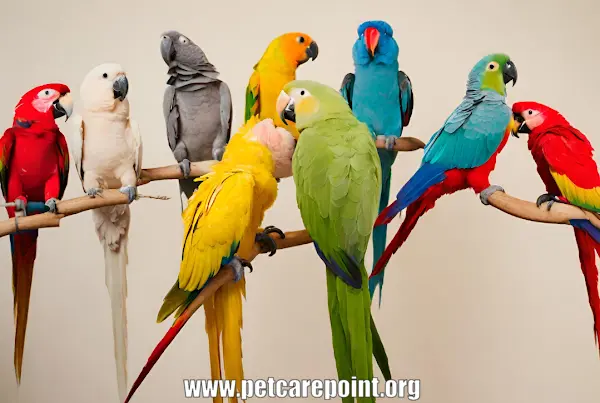

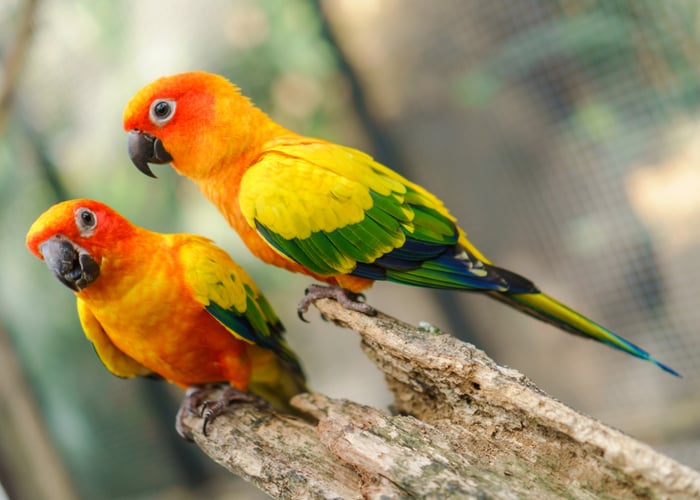


:strip_icc()/Eclectus-parrot-10021166-resized-56a0a1283df78cafdaa36ff6.jpg)
